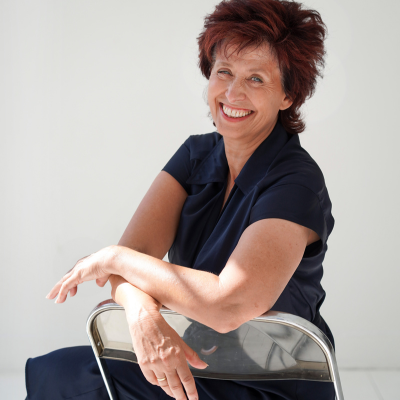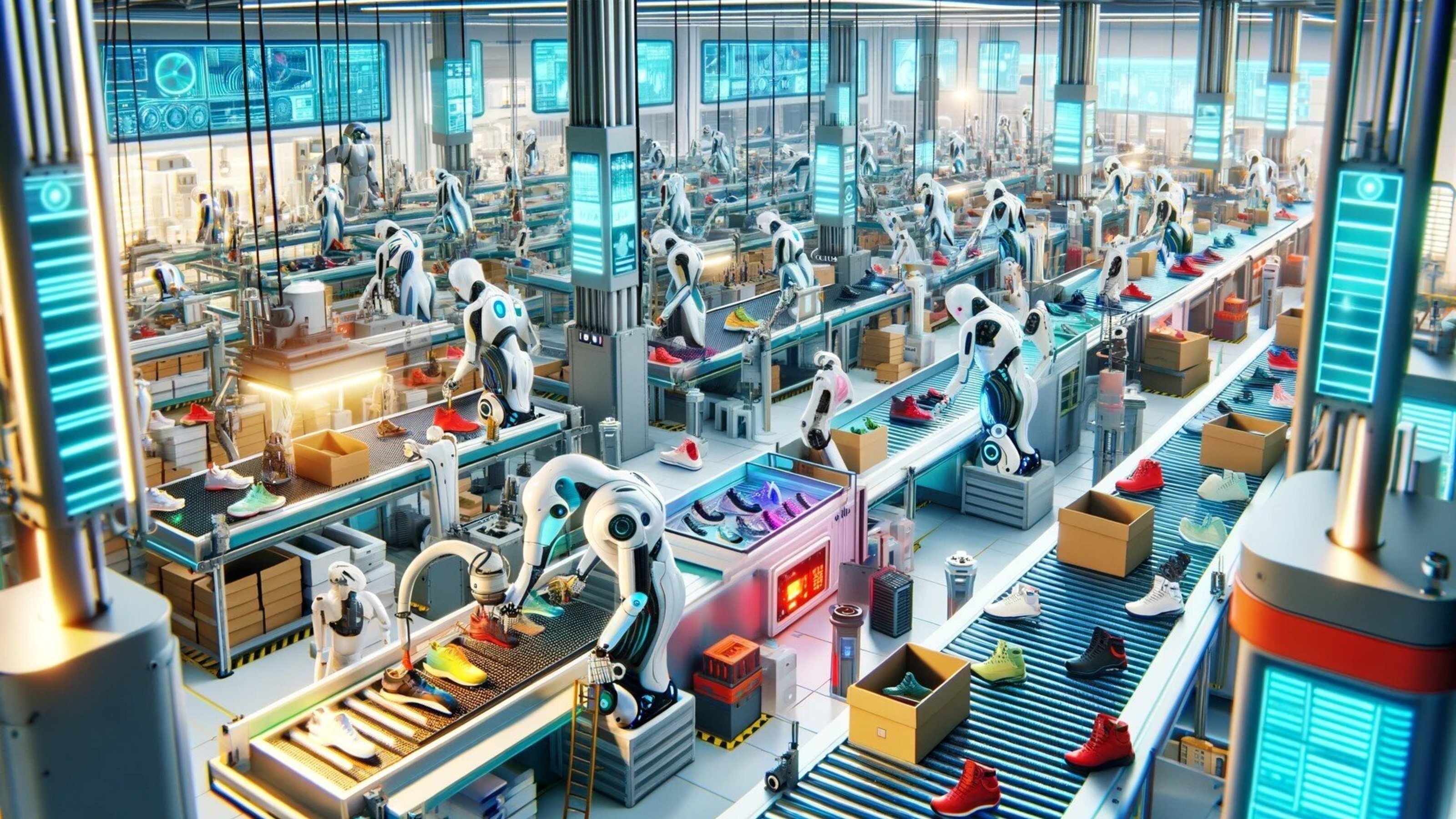The Importance of CAST as a Trading Platform
During this buying season, CAST would like to take a moment to reflect on the importance of our trading platform to you as a visitor and exhibitor. The explosive growth of CAST as a Trade Platform for Footwear, Sport & Fashion during its 40-year existence is undeniable proof of the value the platform represents for the industry. Moreover, joining forces, expanding networks and the mutual collaborations that arise from them contribute to the visibility of your brand and collections. In this third article about the past, present and future of trade organizations and in general and CAST in particular, Inge Specht of Valuation & Consultancy Waardevol d'Ing takes you on a journey through time.
A Journey through Time
In the previous two articles, we took a journey through time: from the medieval guilds, the Industrial Revolution and the rise and fall of the Dutch Shoe Industry to the establishment of Schoenencentrum Nieuwegein. We saw the industry not only professionalize but also innovate. New times call for a new approach.
Not Easier, but Much More Fun!
At the time, with dozens of showrooms, the Shoe Center offered a physical meeting place for both exhibitors and visitors. People were kept informed of trends, novelties and innovations through fashion shows and trend events. The huge selection didn't necessarily make shopping easier but it made it a lot more fun. Moreover, all brands were together under one roof, which meant that even the brands less obvious to the retailer could be visited.
Turntables and Pushbuttons
It was the time of the great foreign trade fairs but they were literally too far from home for many entrepreneurs. Particularly because the digital age had not yet arrived and information had to be obtained by letter (typed) or by telephone (one of those with a cord and a dial or at best with push buttons)! So the central location of Nieuwegein was an advantage. From every corner of the Netherlands you could go back and forth by car in one day. That also made it possible for the entire store staff to go to the Schoenencentrum for a day. On Mondays, for example, when the store was closed anyway.
Boxes of Printed Materials and CD-Roms.
It was also the time of printed catalogs in which shoe companies showed (part of) their new collections. Not only retailers received these catalogs but journalists as well. Until about ten years ago, boxes full of printed materials from national and international shoe brands arrived annually at the Dutch Leather and Shoe Museum. In recent years, the attractive booklets were often accompanied by CD-ROMs showing all styles, sizes and colors.
Those CD-ROMs were the successors to floppy disks: in the meantime the computer had made its appearance, although the possibilities of the Internet were not yet fully exploited. Email was an enormous improvement. Communication became easier and easier but remained largely a faceless affair. The Shoe Center proved its usefulness here too, as it proved an excellent environment for networking and cooperation.
Shoe Center becomes CAST
The 21st century brought new developments. More and more leather goods suppliers joined the group, so the Shoe Center needed a new name. It became CAST, Center for Accessories, Shoes and Bags. Lack of space became an issue and the center was renovated. First a whole new floor and later even a new wing with a floor. Recently renovations have taken place again, partly to create space for the fashion event PREVIEW. Part of CAST 's strength lies in the homogeneity of the display material: all brands use the same racks and blocks. The latter is also much more durable in use.
Credit crunch and Covid
Unfortunately, it's not all positivity and progress in Shoe Land. The credit crunch, which stalled our economy for years beginning in 2008, hit the footwear industry hard and cost many companies their heads. More than 10 years later, the Covid pandemic and its aftermath hit even harder. Whereas during the credit crunch CAST stood its ground as a physical meeting center, during the pandemic that fell away almost completely. Fortunately, work could continue from home, and visual contact remained possible through Zoom and Teams. Even fairs went online. Precisely at this time, CAST started developing a BrandPortal for retailers. Through this portal, retailers can orient themselves online to new brands and trends and easily connect with the companies behind those brands. Based on the need for sustainability and innovation but also for personal connections, CAST is betting on a combination of the BrandPortal, showrooms and offline meeting moments such as trade shows and fashion events after the pandemic. Especially for the future, the BrandPortal will be further expanded.
From Robotics to AI-driven customer service
And what will CAST's future look like? The growth is certainly not over: with the expansion into sports and fashion combined with its central location, there are even more opportunities to join forces. This will give CAST a greater role in both innovation and sustainability in the sports, footwear and fashion industries. From robotization to AI-driven customer service, technology offers new opportunities for personalization and efficiency. At the same time, the need for sustainable practices is forcing companies to collaborate on eco-friendly materials and processes. The Covid outbreak showed how vulnerable business processes can be. Global supply chains have become increasingly long, resulting in greater risks for Western companies. But the complexity of those same supply chains also means that abuses are not immediately visible at the beginning of the chain. Much can be camouflaged, for example human rights violations, land grabbing, deforestation and pollution, with disastrous consequences for climate and biodiversity. A huge responsibility for the industry, but one in which an industry organization like CAST can play a fine role!
About the author:
Inge Specht worked for over 25 years as curator and museum coordinator at the former Nederlands Leder en Schoenen Museum, now Schoenenkwartier. In mid-2023, she founded Valuation and Advisory Office Waardevol d'Ing. In addition to historic shoes, bags and leather goods, she values corporate collections, writes, advises on passive preservation and restores and sells vintage products.
Image header: Generated with ChatGPT
Looking Ahead: A Connected Future
Since its founding in 1984, CAST has grown from a trade center for the shoe trade to a platform where Sport, Footwear and Accessories and Fashion come together. In article three of this series, we look at how CAST is expanding from a physical trade center to a digital multichannel. We also philosophize about CAST's role in the future.




